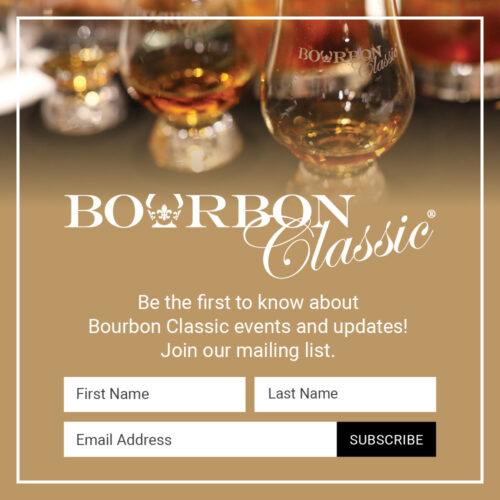Bourbon whiskey has established a strong presence in pop culture, becoming more than just a beverage but also an iconic symbol. The connection between bourbon and pop culture is undeniably fascinating, as it has found its way into various forms of entertainment and media. In this blog, we’ll explore the influence of bourbon on pop culture.
Bourbon on the Silver Screen
For decades, bourbon scenes in movies have mesmerized audiences. These iconic cinematic experiences are no happy accidents; they are meticulously crafted choices by filmmakers who understand the power of bourbon as a prop to elevate the narrative and captivate viewers. It can represent power and influence when sipped by a wealthy antagonist or serve as a source of solace for a troubled protagonist.
In the adrenaline-fueled universe of the John Wick movies, the character of John Wick, played by Keanu Reeves, is renowned for his impeccable taste in various aspects of life, including his preference for bourbon. John Wick regularly savors the exquisite and full-bodied flavors that bourbon offers; which in return adds an extra layer of complexity and allure to John Wick’s intense journeys throughout the movies.

How Bourbon Inspires Music
Bourbon has also found its way into the lyrics of countless songs across various genres. From rock to country, hip-hop to jazz, musicians have used bourbon references to add depth and flavor to their music.
George Thorogood’s iconic song “One Bourbon, One Scotch, One Beer” resonates with fans of blues and rock music alike. The narrator’s choice of bourbon symbolizes his loneliness and desolation. As he sits alone, drowning his sorrows in bourbon, the lyrics paint a picture of a man isolated from society, lost in his despair. The mention of bourbon and its association with solitude emphasizes the character’s isolation.
Dierks Bentley’s heartfelt song “Bourbon in Kentucky” strikes a chord with listeners through its powerful lyrics and emotional delivery. Bourbon serves as a metaphor for the bittersweet experiences of love and loss. The choice of bourbon as a symbol captures the essence of a love that was once intoxicating and addictive, yet ultimately led to heartache and longing.
The Role of Bourbon in Literature
For centuries, bourbon has been cherished by writers, serving as a beloved drink and a source of inspiration. Countless renowned authors have celebrated bourbon’s essence in their literary masterpieces, intertwining its presence into their stories and personal lives.
“On the Road” by Jack Kerouac is a classic American novel, known for its exploration of freedom and rebellion. Bourbon serves as a catalyst for escape from the constraints of societal norms and expectations. The characters find solace in the freedom that bourbon provides, whether it’s taking a swig from a bottle during a wild night or sharing a drink with fellow travelers – bourbon becomes a means of temporary liberation.
Charles Bukowski’s gritty and autobiographical novel, “Post Office,” offers readers a raw and unfiltered glimpse into the life of a disillusioned postal worker. Bourbon serves as a symbol of escapism from the monotony and soul-crushing routine of the protagonist’s job. As he drowns his sorrows in bourbon, it becomes a means of temporarily numbing the pain and mundanity of his existence.
Bourbon in Classic TV Shows
Bourbon also serves as a storytelling device in TV shows, adding depth to characters and creating memorable moments. Whether it’s the smooth sipping of a glass after a long day or the clinking of ice cubes in a tense negotiation scene, bourbon adds an extra layer of authenticity and intrigue.
In “The Sopranos,” bourbon often represents power and control within the mafia world. The characters, particularly Tony Soprano, frequently engage in scenes where they gather around a table, sipping bourbon while making important decisions and asserting their dominance. The act of pouring and offering bourbon becomes a display of authority, with the choice of sharing or withholding the drink serving as a subtle power play.

Raise a Glass to Bourbon’s Enduring Influence
Bourbon’s connection to pop culture extends beyond appearances in movies or lyrics. It has inspired people’s lifestyles through festivals and tourism through bourbon distilleries. This timeless drink carries with it a rich history that continues to captivate enthusiasts worldwide. Whether it’s on the big screen or through music – bourbon remains a symbol of cultural significance that transcends time and trends.



